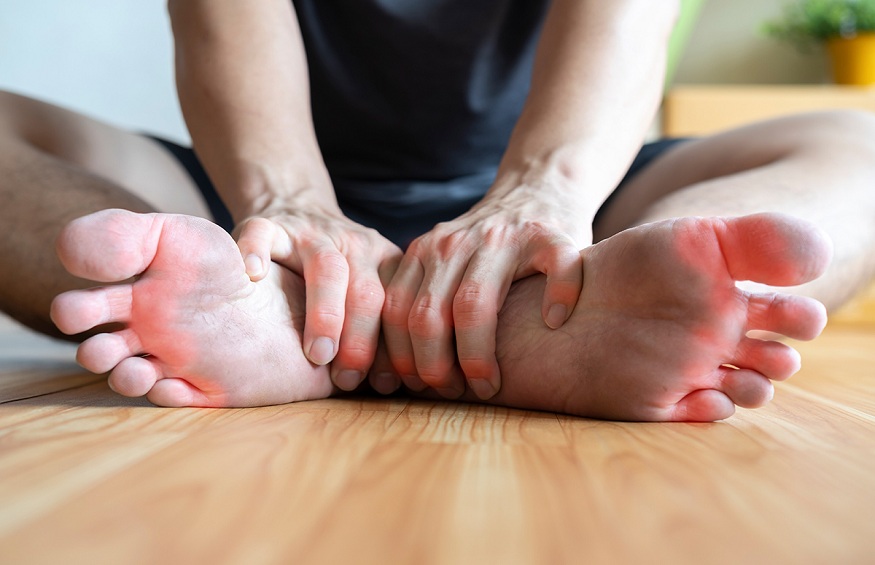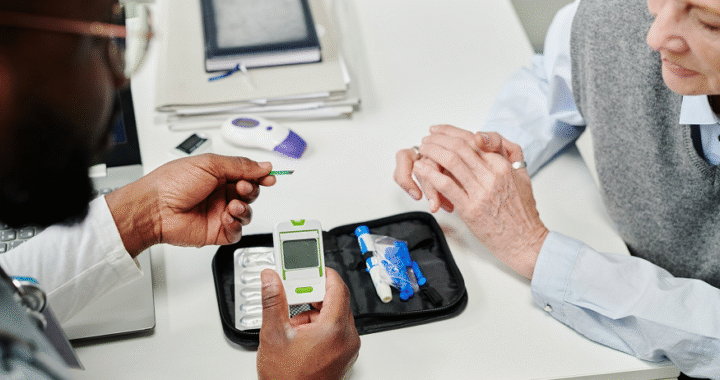What You Should Know About Arch Support Shoe Inserts

Purchasing arch support insoles for flat feet might be complicated. Should you get cushioned foam insoles, or are supportive, firm insoles the better option? What is the arch height? Should it be low to replicate your arch or high to generate the arch you lack, or is it a matter of personal preference? Here is all you need to treat your flat feet effectively.
Why do flat feet occur?
Pes planus, often known as flat feet, is caused by hereditary and environmental causes. Genetic factors generally cause individuals to have flat feet throughout their lives, whereas environmental causes induce flat feet later in life. This condition is known as “acquired flat foot” or “fallen arches.” If you acquire fallen arches, you should consult a doctor to establish the underlying cause.
Common environmental and genetic causes of flat feet include:
- Flat feet are caused by heredity when the arches of the foot do not grow properly throughout development. We are all born with flat feet, but our arches develop during childhood. If the foot muscles, bones, and ligaments do not develop properly, they cannot produce a stable arch. This is frequently the result of heredity, as flat feet tend to run in families.
- Traumatic damage – For instance, dislocating bones in the foot or rupturing a tendon, especially the posterior tibial tendon, which maintains the arch, can cause flat feet.
- Rheumatoid arthritis – A joint inflammation that can cause flat feet.
- Obesity – As your weight increases, so does the pressure on the tendons in your feet, which can cause them to rupture.
- Pregnancy – Hormonal changes and regular weight gain during pregnancy might cause the arch to flatten.
- Diabetes – Diabetes can impair the nerves in your feet, resulting in tendons that are weak and susceptible to rupture, creating flat feet.
- High blood pressure — Reduced blood flow to the tendons in the foot can impair their capacity to maintain the arch.
- Ageing – As you age, the elasticity of your tendons might cause them to collapse.
How Do I Relieve Flat Feet Pain?
Low arch discomfort can be alleviated by strengthening and stretching the foot, calves, and ankles. Also, add arch-supporting insoles to your shoes for long-lasting discomfort alleviation.
Build Muscle And Stretch The Calf And Ankle
Tight calves and Achilles’s tendons cause the foot to pronate or roll inwards by pulling up on the ankle. This causes the collapse of the arch. Calves and heel cords must be stretched to prevent fallen arches.
Try the following two simple exercises:
- Stretch your Achilles tendon by placing the front of your foot on a step while keeping your heels off the step. Ten to fifteen seconds later, relax your calf muscles and carefully lower your heels over the edge of the step. The stretch should be felt along the Achilles tendon.
- Stretch the calf muscles by placing approximately one foot in front of the other. Lean against a wall while pointing the toes of the rear foot toward the heel of the front foot. Keep your back leg straight, and your front leg bent, with both heels planted firmly on the ground. Hold for ten to fifteen seconds. Continue on the reverse side.
- Stretching and strengthening the arch and calves will temporarily relieve the pain associated with flat feet. For long-term relief, you’ll need insoles for flat feet to support your arches.
Can You Fix Fallen Arches?
There are short-term and long-term treatments for fallen arches, as opposed to flat feet, which are congenital conditions.
To temporarily alleviate foot pain resulting from falling arches:
- Spend at least 20 minutes per day standing.
- Utilize an ice pack to alleviate swelling feet.
- Massage and stretch your feet
- Consult a physiotherapist
- As needed, take over-the-counter pain medications
If fallen arches are a chronic issue, there are further treatment options to consider:
- Weight reduction (particularly if age is also a factor)
- Bone grafts or fusions (for arthritis sufferers)
- Tendon surgery
- For certain individuals with falling arches, bespoke orthotics are the optimal solution. Prices range from $300 and $800. You must see a podiatrist or Pedorthist to obtain well-made, custom-moulded arch supports.
- Arch support insoles – Off-the-shelf foot arch support insoles are significantly less expensive than custom and are effective if they give appropriate support. Consider a pair that offers substantial arch support and conforms to the shape of your arches. Resist the temptation to purchase inexpensive cushioned insoles from the drugstore and instead choose arch-support shoe inserts of higher quality that will adequately support your feet.
Consult your physician to identify the optimal course of action.

 NATURAL AND MINDFUL WAYS TO MANAGE NICOTINE CRAVINGS
NATURAL AND MINDFUL WAYS TO MANAGE NICOTINE CRAVINGS  How Mind-Body Health Fits into Chronic Care
How Mind-Body Health Fits into Chronic Care  Gains of Using an App for Prediabetes
Gains of Using an App for Prediabetes  WHAT IS SLEEP APNEA AND WHY SHOULD YOU CARE?
WHAT IS SLEEP APNEA AND WHY SHOULD YOU CARE?  WHAT IS A VASECTOMY? EVERYTHING YOU NEED TO KNOW
WHAT IS A VASECTOMY? EVERYTHING YOU NEED TO KNOW  Vaccination Schedules For Cats And Dogs: What Every Pet Owner Should Know
Vaccination Schedules For Cats And Dogs: What Every Pet Owner Should Know  How to Choose the Best Products for Hyperpigmentation Based on Your Skin Type
How to Choose the Best Products for Hyperpigmentation Based on Your Skin Type  What Is Rapid Transformational Therapy (RTT) and How It Differs from Traditional Hypnotherapy
What Is Rapid Transformational Therapy (RTT) and How It Differs from Traditional Hypnotherapy